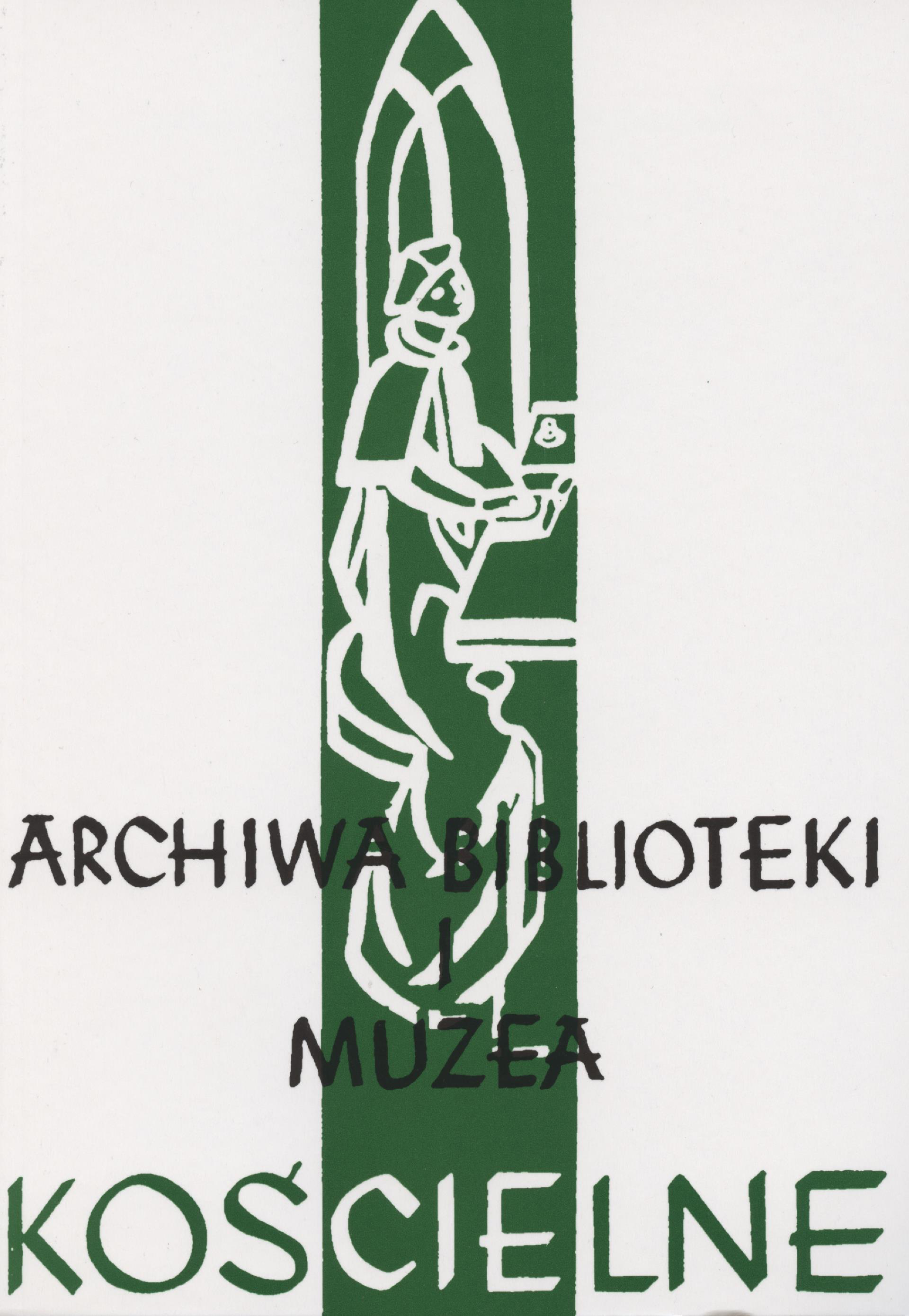Kasaty opactw cysterskich na Pomorzu Zaodrzańskim w okresie reformacji
Dissolutions of Cistercian abbeys in Western Pomerania in the Reformation period
Author(s): Gregor PlochSubject(s): Language and Literature Studies, General Reference Works, Theology and Religion
Published by: Katolicki Uniwersytet Lubelski Jana Pawła II - Wydział Teologii
Keywords: Reformation in Pomerania; Cistercians; dissolution of orders in Pomerania; Johannes Bugenhagen; Anton Remmelding; Erasmus von Manteuffel-Arnhausen; Eldena; Neuenkamp; Hiddensee; Stralsund; Greifswald;
Summary/Abstract: Until the Reformation, Pomerania was a land of monasteries and rich monastic life, but the Christianization of the region took place exceptionally late, namely in the 12th century. Due to their border-adjacent location and the labile political situation connected with it, the rulers brought monks from Scandinavia and from the depths of the Roman Empire, who, while holding the position of pastors, helped to expand the Christian faith in Pomerania. In the 12th and 13th century Cistercian conventions were established, which had developed dynamically until the Reformation period, influencing public, economic and political life. The Reformation was carried out gradually and calmly in Pomerania, with the exception of the city of Stralsund belonging to Hanseatic League, from which Catholic clerics were expelled. The young alumni of the convents, including the Cistercian Order, who were open to the ‘new teaching’ of the reformers quickly became supporters of Luther’s teachings under the influence of humanism spreading in the universities. The change in the attitude of the young monks led to an internal rupture of religious orders; therefore, the official conversion the Augsburg Confession by the Dukes of Pomerania in 1534, establishing the departure of Pomerania from Catholicism, was a logical consequence of the actual state among the faithful. The above dissertation presents the course of dissolutions of the Cistercian monasteries in Western Pomerania. The key point of reference for the source documentation are the notes made in the case of Eldena Monastery by one of the eyewitnesses of the events, a young monk Anton Remmelding, and later an Evangelical pastor. Despite the the ideological bias of the chronicler presenting earlier events after the transition to Lutheranism, the records are an interesting source presenting the human dramas of the friars who found themselves on the ideological front line of the division between the ardent defenders of the values passed on for centuries and the radical new teaching.
Journal: Archiwa, Biblioteki i Muzea Kościelne
- Issue Year: 2020
- Issue No: 113
- Page Range: 325-350
- Page Count: 26
- Language: Polish

